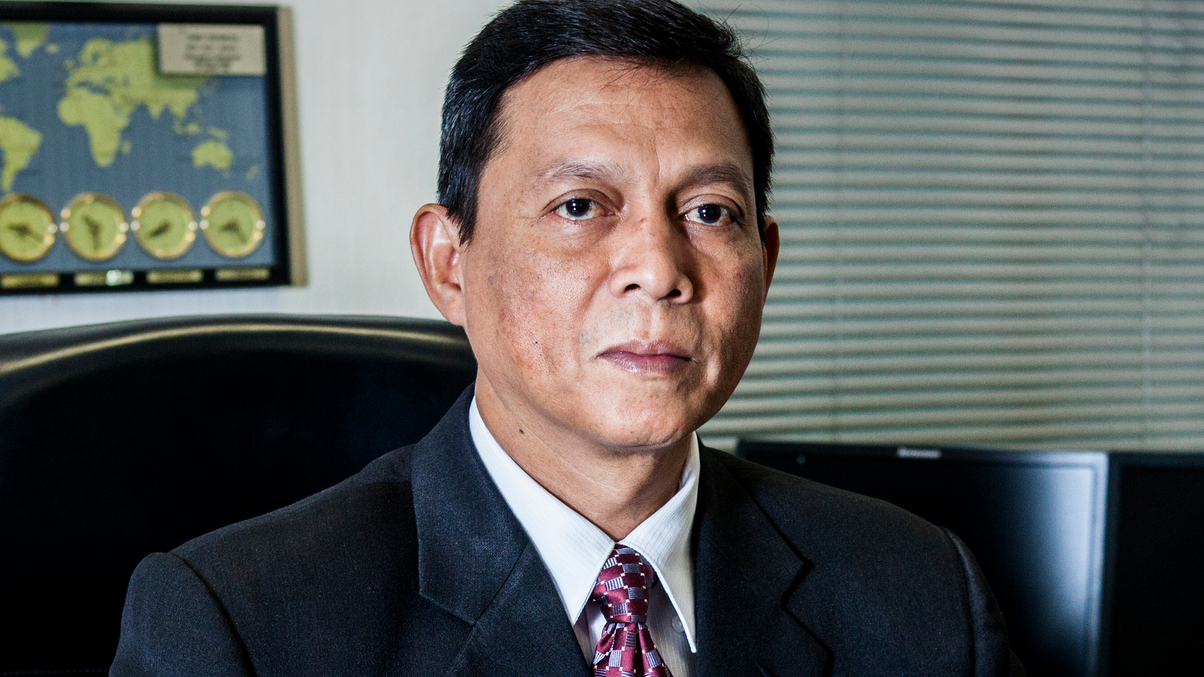Bank Indonesia maps out a cautious path
In an exclusive interview with AsianInvestor, Budianto, Bank Indonesia's head of reserve management, discusses the possibility of new investments and the central bank's use of external managers.

Asian central banks have been watched intently in recent months, after a series of interest rate cuts throughout the region made it clear that monetary stimulus measures were to be a major weapon in the battle to restore growth. Accompanying this has been renewed consideration by central banks of where their considerable assets should be allocated.
Sign In to Your Account
Access Exclusive AsianInvestor Content!
Please sign in to your subscription to unlock full access to our premium AI resources.
Free Registration & 7-Day Trial
Register now to enjoy a 7-day free trial—no registration fees required. Click the link to get started.
Note: This free trial is a one-time offer.
¬ Haymarket Media Limited. All rights reserved.


